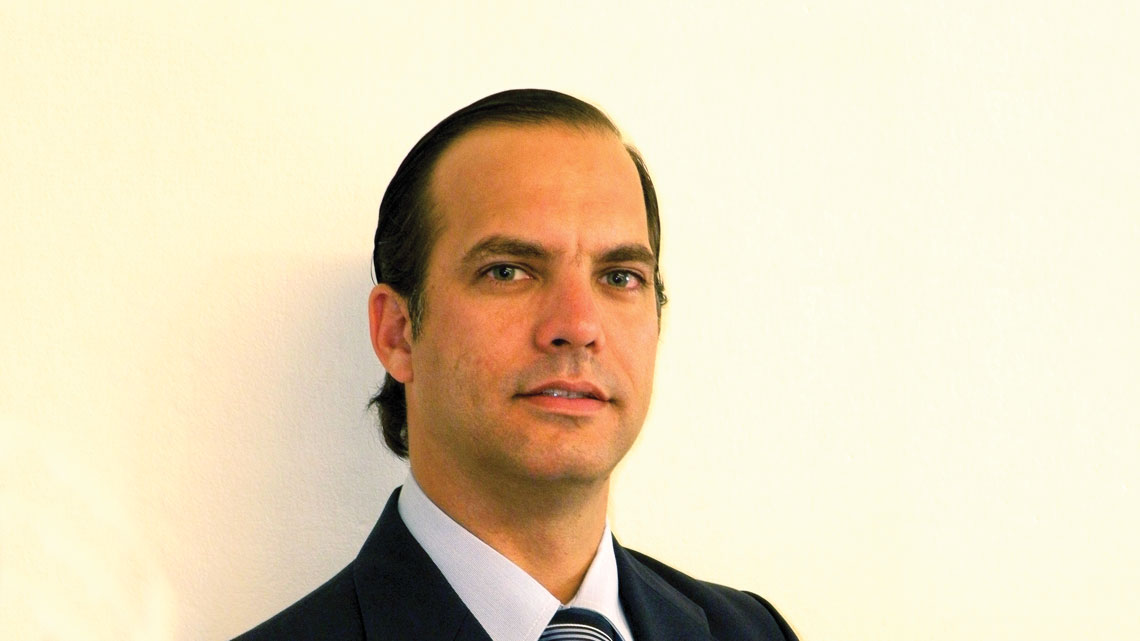National seed associations around the globe now have a new tool that can be used to work with governments on implementing low-level presence policies.
The seed industry is increasingly global, and the movement of seed is a critical component of successfully supplying farmers with high-quality, productive seed. The international trade of seed has increased exponentially since 1970 when it was valued at less than $1 billion. Today the amount of seed that’s shipped around the globe is valued at more than $12 billion, according to the International Seed Federation.
It’s not just commercial seed that companies are shipping, but also breeding stock or parent lines and foundation seed. But moving this much seed to many different locations doesn’t come without challenges. Asynchronous approval of genetically modified (GM) events by national governments, differing regulatory frameworks and varying interpretations of “low level” cause significant disruptions to seed trade.
While this challenge hasn’t been quantified, experts believe the seed industry loses a significant amount of dollars each year due to rejected or delayed shipments that stem from an absence of low-level presence policies.
Low-level presence is defined as the unintended, low-level presence of genetically engineered seed that has been approved for cultivation in at least one country but not in the country of import.
This is a big issue for the seed industry,” says Bernice Slutsky, American Seed Trade Association senior vice president of international and domestic policy. “If governments don’t have policies in place, it creates a lot of uncertainty for those companies moving seed around the world.”
“If governments don’t have policies in place, it creates a lot of uncertainty for those companies moving seed around the world.”
— Bernice Slutsky
In her role, Slutsky participates in working groups of the International Seed Federation and the Seed Association of the Americas to help advocate for and educate policymakers around the world about the need for establishing low-level presence policies.
“What we’ve tried to do at the international, regional and national levels is provide information and guidance on what elements are important to have in developing policies around low-level presence,” Slutsky explains.
For several years, this international working group has been drafting different elements of the paper, addressing the issue of low-level presence. After innumerable hours of discussion and diligent evaluation, the General Assembly of the International Seed Federation voted to approve a low-level presence position paper during the 2014 World Seed Congress in Beijing, China.
The paper, ISF View on Implementation of National Policies for Seed Low Level Presence, stresses the importance of science-based, practical and transparent low-level presence policies that governments should adopt.
Slutsky explains that the adoption of the low-level presence paper was a very positive step forward for the international seed industry. “It’s important because it provides the foundation for national seed associations to use when talking with their respective governments about establishing low-level presence policies.”
The low-level presence position paper recognizes that there’s probably not going to be a one-size-fits-all policy that meets the needs of all the countries, Slutsky says, noting that the paper describes a variety of scenarios that could work.
ABOUT ISF
The ISF aims to facilitate the international movement of seed, related know-how and technology. The ISF staff works to mobilize and represent the seed industry at a global level, informing members and promoting interests and the image of the seed industry.
LLP Policy Key Criteria
The ISF paper highlights several criteria for creating a strong seed low-level presence policy. One such criteria, Slutsky says, is that the policy should be proactive and not reactive. “Before a company ships a seed product, it’s important for them to know the policy and be in compliance versus the government being reactive to the shipment,” she says.
Other criteria cited in the paper include but are not limited to:
• Environmental and public health are ensured.
• Absolute zero is not possible.
• Seed quality management practices are recognized.
• Science-based processes and decisions are in place.
• Policy implementation relies on predictable processes and outcomes.
• Policy implementation includes transparent processes and outcomes.
• There is legal certainty at the border.
• The policy facilitates international trade.
• Unnecessary regulation is avoided.
Today, Slutsky says, efforts are focused more at the regional level — the Americas. “There is a great deal of seed that is moved up and down the Americas,” Slutsky says. Now that the ISF document is official, SAA seed industry members are working with their respective governments to move this issue forward and using the document as a tool.
As part of the regional effort underway, earlier this year the Seed Association of the Americas held a proactive discussion to update its low-level presence position paper. Additionally members of the SAA working group are learning about each member country’s adoption of new breeding techniques and how regulations are proposed.
Stat$12
billion is the conservative value of seed that is moved around the world.
“SAA is unique in its ability to work with governments and relies heavily on a strategic network that it formed among regulators and seed industry professionals,” says Diego Risso, secretary general for the Seed Association of the Americas.
Risso reports that the SAA team is working closely with the Southern Agricultural Council and the North American Biotech Initiative to address low-level presence issues. The Southern Agricultural Council comprises Argentina, Bolivia, Brazil, Chile, Paraguay and Uruguay.
“No business can thrive where there is uncertainty.”
— Jonathan Ramsay
Today, countries in the Americas have combinations of: biosafety regulatory systems plus LLP policies, biosafety regulatory systems and no LLP policies, and no biosafety regulatory systems and no LLP policies.
In September, there was a government-to-government meeting of officials to help shed light on why seed movement is important and share policies that would maintain high levels of safety but also provide certainty for the industry.
“Throughout this process, one of the things that we learned was the need to communicate the strict quality management processes that seed companies already have in place,” Slutsky says. “It’s really about advocacy and education.”
When looking across the Atlantic, Garlich von Essen, secretary general of the European Seed Association, reports that practitioners are dissatisfied that the European Union is not working on a proper set of rules for low-level presence.
While food and feed products have a threshold of 0.9 percent for labeling obligations, von Essen says, “seed rules seem to have been avoided by the commission at almost all political and economic cost.”
Jonathan Ramsay, government and industry affairs lead of Monsanto in Brussels, Belgium, adds that seed companies can and will adapt to rules and regulations. However, he says, “no business can thrive where there is uncertainty.”
To read the ISF View on Implementation of National Policies for Seed Low Level Presence, visit worldseed.org/isf/on_trade.html.
















